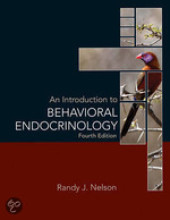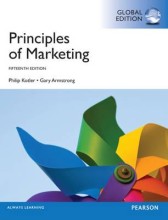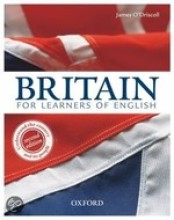The relation between language, culture and thought: the classical question - The bilingual mind: thinking and speaking in two languages
4 important questions on The relation between language, culture and thought: the classical question - The bilingual mind: thinking and speaking in two languages
Pavlenko (2005) provided an overview of findings from bilingual studies which have either direct or indirect bearing on the debate in a number of areas including which?
- colour
- categorisation of objects and substances
- number
- space
- motion
- tame
- emotions
- personhood
- discourse
- inner speech
- autobiographical memory
- written narratives
What are new interesting insights into the relation between language, thought and culture?
- bilinguals are able to draw on different linguistic repertories, stances and interpretations and to construct different identities when describing personal experiences in different languages
- narratives expressed in the language of the event seem to be more efficient, accurate, detailed and emotional
- bilinguals may form two distinct emotion repertoires and conceptualisations in their two different languages
What are the seven processes of conceptual restructuring in bilingual minds?
- co-existence of L1 and L2 categories
- the influence of L1 on L2 categories
- convergence of L1 and L2 categories
- restructuring in the direction of L2 categories
- internalisation of new categories absent in L1
- the influence of L2 on L1
- attribution of L1 categories
- Higher grades + faster learning
- Never study anything twice
- 100% sure, 100% understanding
What are the processes of conceptual restructuring in bilingual minds conditioned by?
- age of acquisition of L2
- context of acquisition
- length of exposure
- language proficiency
- frequency of language use
The question on the page originate from the summary of the following study material:
- A unique study and practice tool
- Never study anything twice again
- Get the grades you hope for
- 100% sure, 100% understanding
































